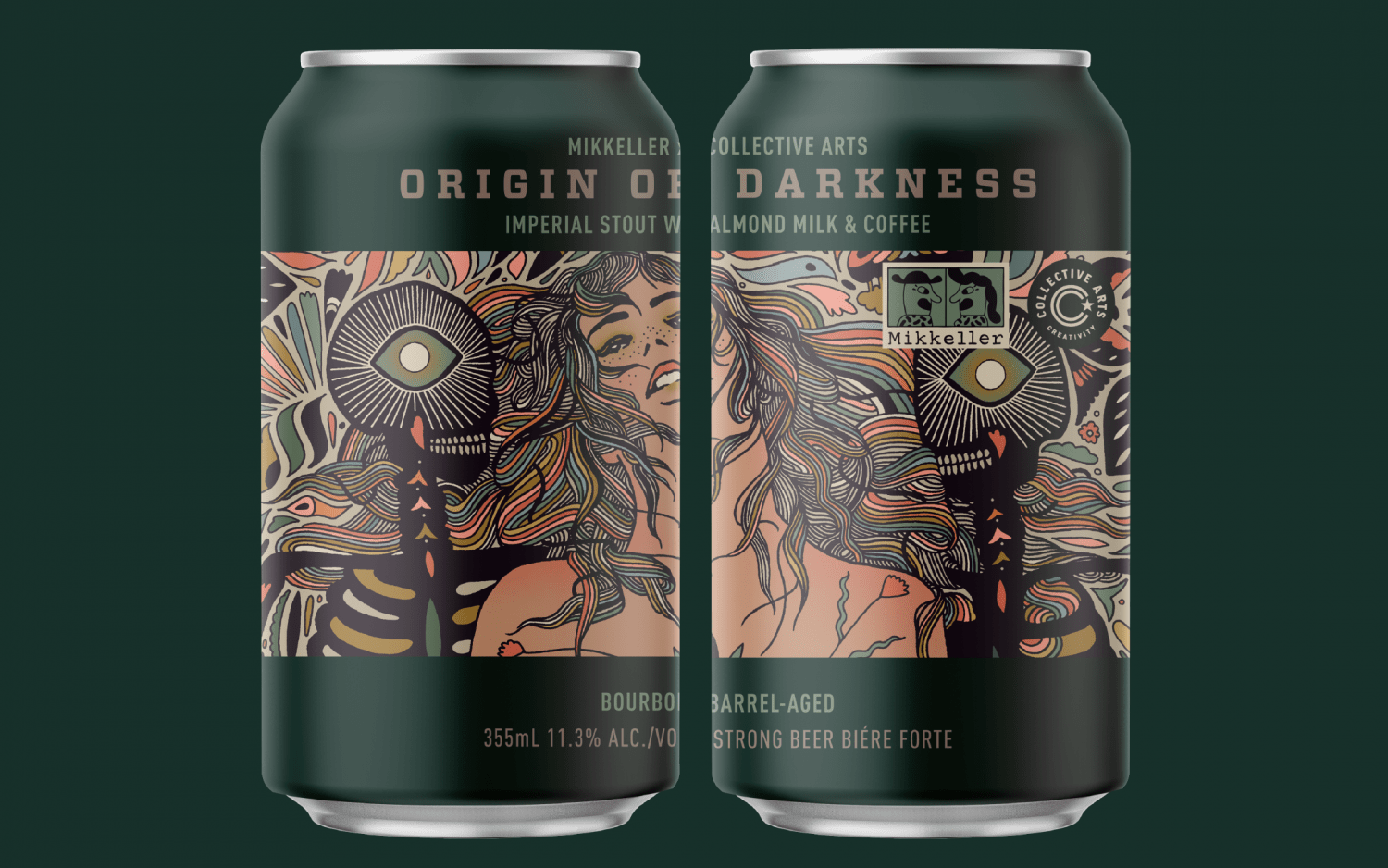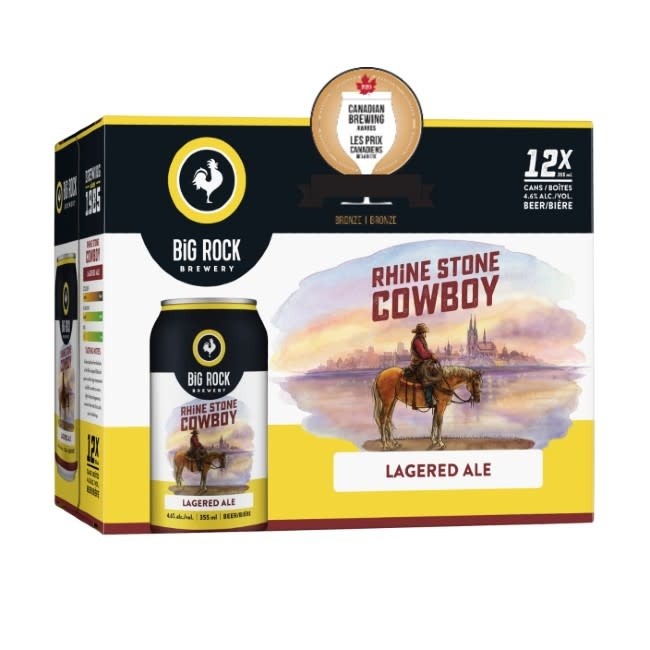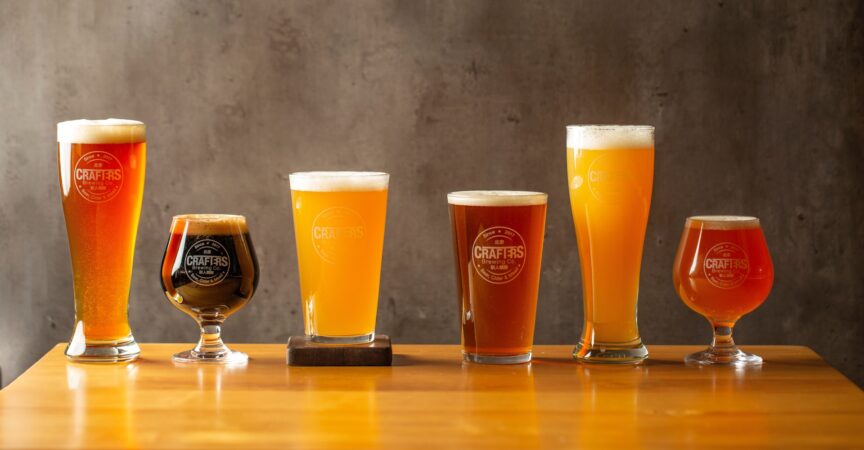Fall and Winter Beer Trends
According to the 2021 Canadian Beer and Wine Report by Restaurants Canada and CGA, an international food and drink insight and research consultancy, a whopping 51% of alcohol consumed on-premise is beer and 43% of beer drinkers have an appetite for a premium product. As restaurants and bars increase to full capacity there appears to be a shift in the beer sector with customers seeking out new and premium flavours, styles, and experiences. It’s clear that breweries are already embracing that change and those operators that respond to this shift by carrying these items will reap the rewards ahead.
Jennifer Tamse, Director, Beer & Beverage at the Charcoal Group of Restaurants, a group of 15 full-service restaurants located in Southern Ontario including the Charcoal Steakhouse, The Bauer Kitchen, Moose Winooski’s, and Beertown Public House, couldn’t agree more. “The way beer is made lends itself to a lot of diversification and innovation and breweries are choosing to experiment with different sorts of yeast strains or sources of hops. Out of all the alcoholic beverages, beer is one of the most dynamic substances and can yield an infinite range of styles, flavours and aromas.”
Traditionally fall marks the transition to seasonal beer, reflecting the changing and growing seasons by incorporating ingredients that typically become available during different times of the year. Here are six key beer trends for the fall and winter season:
Pastry Stouts
An unofficial beer style that has been adopted by the craft beer community, pastry stout refers to a stout that uses ingredients found at your local bakery. Expect to see beers infused with graham crackers, cocoa nibs, lactose, single-origin coffee, marshmallows, Reese’s Pieces, Fruit Loops, or other sweet treats that are added to the brew pre or post-fermentation. “These beers are a really great companion to a chilly night indoors or an Après Ski experience,” says Tamse. “They also lend themselves well to integration into a dessert menu, reducing the pastry stout to a syrup for speciality coffees or a dessert topping.” Check Out: Collective Arts Origin of Darkness Series which includes a Lervig Brewery Milkshake Imperial Stout aged in Bourbon Barrels with Peanut Butter and Chocolate

Beer/Wine Hybrids
Also known as Italian grape ales, a brewer will add wine additions to the beer such as aging the beer on wine skins. “This trend is a nod back to the traditional beer brewing style but done in a more innovative way,” says Matt Drummond, a client solutions manager for Nielsen CGA and a craft beer and beverage management professional. “You’re going to see fruit IPA’s that are made with champagne yeast or even a sauvignon blanc musk style ale. We’re even seeing brews made with Saki inspired rice ales.” This hybrid is usually consumed by the atypical beer drinker which allows restaurant owners to cater to a wider consumer base. Check Out: Violets Are Blue by Merit Brewing– a gose aged on freshly pressed Rosewood Estates Gamay grapes.
Slushie/Smoothie Sour Beers
While not a definitive beer style, fruited sour beers have taken the beer scene by storm. The slushie beer is a kettle sour that’s brewed with lots of thick fruit or by adding fruit purees after fermentation, so the result is a beer that looks, smells and drinks almost like a real fruit smoothie. “The fruit beers were very popular this past summer,” says Tamse, “and as we head into fall, we’re finding that breweries are still adopting this style and changing out the fruit, to include fall flavours such as blackberries, persimmons and pumpkin.” Check Out: Shook from Storm Stayed Brewing Co., a milkshake kettle sour with blackberry, vanilla, and lactose.
Funky Ciders
While not technically beer, ciders are seeing a resurgence in popularity. “Ciders go hand in hand with your apples and donuts for the fall season,” says Drummond, “and seasonal ciders will include more of those warming spices like nutmeg and cinnamon.” Many cideries are getting very experimental with flavours, turning to hops, butterfly pea flower, wild yeast, and other microbial cultures to redefine the boundaries of cider making. Cideries are even throwing ciders into bourbon barrels to age, aging the cider on wine grapes, or creating ice ciders. Check Out: Revel Cider Ostara Chamomile, a wild cider fermented on golden plums, further aged on organic chamomile flowers.
Classic Lager
While many breweries will continue to experiment and push the limits of beer, there is still a demand for a well-made craft lager. “There are a lot of breweries that are in the race to perfect the art of the all-grain lager,’ says Tamse. “They can compete with some of those larger breweries in the domestic beer category without sacrificing the art of beer making by looking to make a better version of the classic lager.” Check Out: Big Rock Brewery Rhine Stone Cowboy Lagered Ale – a Kolsch style ale light in body and appearance.

Bottle Shops
How people are purchasing their beer has also shifted, with the emergence of bottle shops. The changes in provincial liquor laws allowing for the sale of “alcohol to go” have enabled non-traditional shops to create retail bottle shops within their existing footprint. The beer category plays well within takeout given the portability and convenience and provides other revenue streams for operators. “Often times these businesses are purchasing directly from craft breweries and cideries to curate an alcohol offering not available anywhere else,” says Tamse. Check Out: Princess Cinemas in Waterloo Ontario has created a sidewalk beer shop with a take-out window featuring rotating local craft beers.
When it comes to incorporating these trends into your alcohol offering the most important thing is to know your customers. “The craft beer drinker is pretty promiscuous as far as they want to try new styles,’ says Drummond. Be specific and particular about what trends you choose and curate your bar offering to reflect your consumer base in a way that’s accessible. Choose one or two trends that really complement your brand and your culinary menu – perhaps incorporate a limited-time offering with a specific food pairing that includes beer. But remember that less is more. “It’s not necessary to change your entire beer offering,” says Tamse, “maintain your core offering that your guests feel comfortable with and choose one swing tap or draft tap where you can rotate the through the different trends. This allows you to have a bit of competitive advantage in that you’re pouring something unique that will make the experience for your customer a lot more memorable.”









